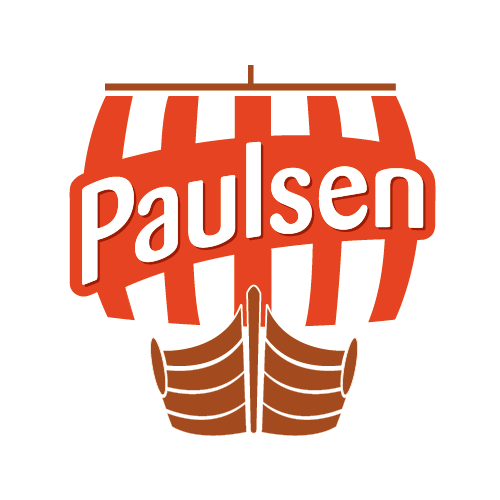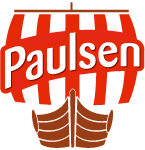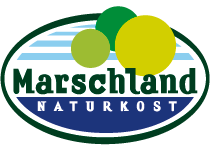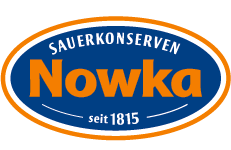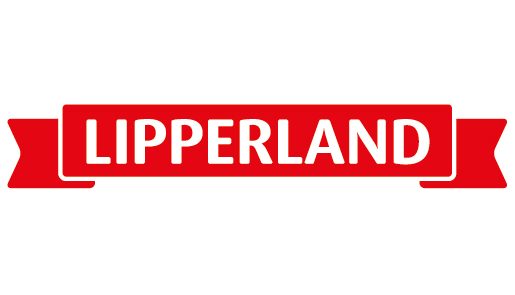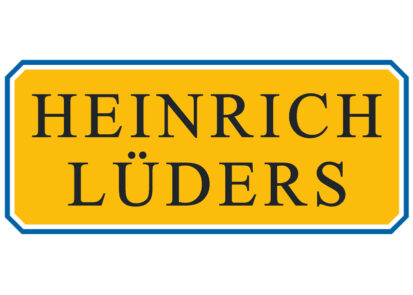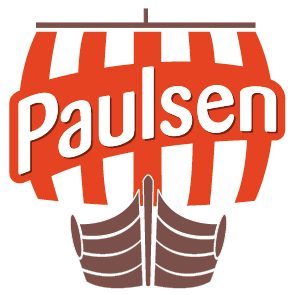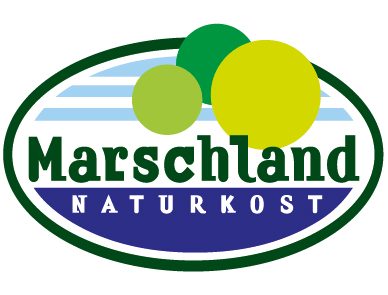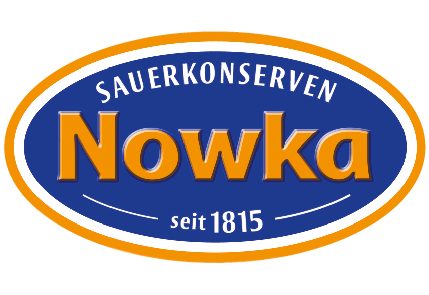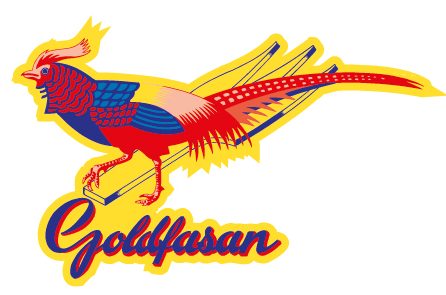
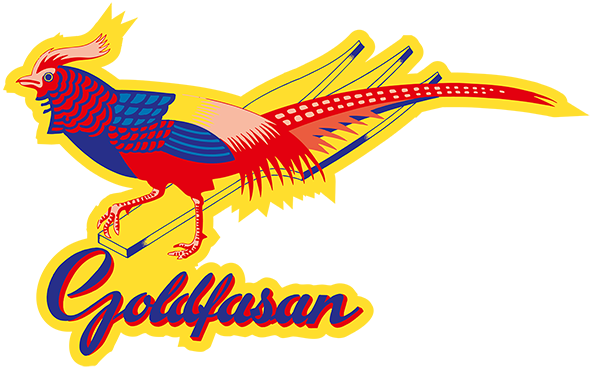
Traditional sauerkraut processing since 1911
In 1898, the trained painter Heinrich Tuschke opened a grocery store in the town of Linden at what was then “Köthner Holzweg 45”, where he also offered hot mangle services and briquettes. In 1911 he added the processing of white cabbage to sauerkraut to his business. Due to the need for prepared white cabbage, he founded a new sauerkraut production facility on Nieschlagstraße during the First World War.
In 1926, Heinrich Tuschke expanded his production and opened another branch in Großgottern in Thuringia as a location to supply his Central German customers more effectively.
As a result, the Tuschke company soon began to be one of the first canning factories to offer pickles in 10-litre cans instead of the pickles that had previously only been delivered in barrels.
In 1931, Heinrich Tuschke expanded his business by purchasing and converting the buildings of the former “Celluloid-Waren-Fabrik Dr. P. Hunaeus” in Lindener Leinaustrasse. After the death of Heinrich Tuschke sen. In 1935 his sons took over the company. From 1937, the Tuschke company was seen as a pioneer in the commercial market for sauerkraut in 1-litre cans.
During the Second World War, the company buildings were badly damaged by the air raids on Hanover. After the war damage had been repaired and extension buildings erected in the 1950s and 1960s, the Tuschke company soon became one of the major suppliers of pickled preserves in what was then the Federal Republic of Germany, particularly with the branded items “Thüringer Stolz” delicatessen gherkins and the “Goldfasan” -Sauerkraut.
In 1968 Tuschke started a cooperation; however, the partner company had to file for bankruptcy in 1974. In 1977, Tuschke finally closed production in Hanover and relocated from Leinaustrasse to Barsinghausen-Stemmen. From there, the family business has been managed in the third generation as sales, since 1986 as “Goldfasan-Sauer preserves – Klaus Borges e.K.”.

